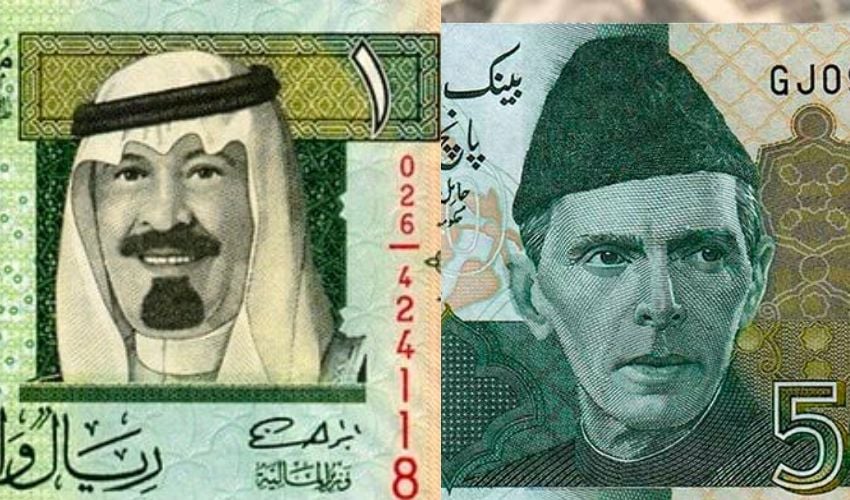Public procurement is guided by the fundamental principle of ensuring the best value for taxpayers’ money. However, the Punjab Agriculture, Food, and Drug Authority (PAFDA) seems to have departed from this standard, raising serious concerns about its procurement practices.
From astronomical cost estimates to the exclusion of major manufacturing countries, the agency’s handling of recent tenders has drawn criticism from experts and stakeholders alike.
Exaggerated cost estimates
A closer examination of PAFDA’s procurement estimates reveals a troubling pattern of inflated costs. For instance, the agency has budgeted over Rs96 million for four heating mantles and two micro-Kjeldahl equipment sets, including fume flasks.
According to industry experts, these items, manufactured in the UK, cost approximately Rs24 million, even after accounting for taxes, supplier margins, and freight. Meanwhile, comparable equipment from China is priced at half this cost, making PAFDA’s estimates seem excessively high.
Similarly, PAFDA estimated Rs45 million for one digital automatic sample digester, two microwave digestion systems with Teflon vessels, and additional microwave units. In contrast, the UK-manufactured versions of these items are available for around Rs8 million -- a stark difference.
Another glaring example is the agency’s estimated Rs35 million for a range of laboratory baths, including boiling water baths, constant temperature baths, ultrasonic baths, and more. The UK-made versions of these items collectively cost around Rs6 million, while Chinese alternatives are even more affordable.
The pattern continues with other equipment, such as capillary electrophoresis machines, for which PAFDA has allocated Rs75 million. The UK-manufactured versions are available for Rs6 million, while Chinese versions cost significantly less. Additionally, the cost of three autoclaves and three benchtop autoclaves has been pegged at Rs81 million, whereas UK-made equipment is priced at Rs17 million.
These discrepancies in cost estimates raise serious concerns about possible malpractice. Experts in the procurement sector argue that such inflated figures suggest a potential intent to manipulate the process for ulterior motives.
Exclusion of China and Turkey
Adding to the controversy is PAFDA’s decision to restrict its procurement to select countries, including the US, UK, Canada, Australia, New Zealand, and Europe, excluding major manufacturers like China and Turkey. This exclusion is puzzling, especially given that many European and Western countries often source laboratory equipment from China and Turkey, only to rebrand the products and sell them at significantly higher prices.
By sidelining these key manufacturing hubs, PAFDA not only limits competition but also disregards cost-effective alternatives. This raises the question: Is the agency prioritising taxpayers’ money or favouring certain suppliers?
Ignoring e-Pak Acquisition and Disposal System
In yet another questionable move, PAFDA bypassed Punjab’s mandatory e-Pak Acquisition and Disposal System (e-Pak ADS) for public procurement, opting instead for outdated manual processes. Introduced to enhance transparency and accountability, e-Pak ADS is designed to eliminate inefficiencies and curb corruption by digitizing procurement workflows.
According to a notification issued by the Punjab Public Procurement Regulatory Authority (PPRA) earlier this year, all tenders were required to be uploaded to e-Pak ADS.
However, PAFDA’s tender for these procurements, floated in July 2024, was conspicuously absent from the platform. When questioned, a PAFDA official claimed the agency followed the older manual process since the tender was issued before e-Pak ADS became operational.
This explanation has not satisfied critics, who point out that PAFDA’s decision undermines the Punjab government’s efforts to promote fair and transparent procurement practices. By ignoring e-Pak ADS, the agency has created opportunities for mismanagement and reduced public trust in its processes.
Violations of PPRA rules
PAFDA’s actions have also come under fire for alleged violations of PPRA rules, which emphasize transparency, competition, and fair play. Critics have highlighted the agency’s failure to address issues raised at the beginning of the tendering process, its unilateral extension of bid validity under Rule 28 without providing adequate time for firms to reassess costs, and its exclusion of competitive suppliers.
A competing firm, in a letter to PAFDA, argued that fair competition is essential to secure better pricing and quality while ensuring taxpayers’ money is spent judiciously. The letter described the agency’s disregard for PPRA rules as “blatant” and called for immediate government intervention to rectify the anomalies and revise tender specifications.
PAFDA’s defence
When contacted, a senior PAFDA official defended the agency’s actions, stating that tender specifications were finalized by the Infrastructure Development Authority Punjab (IDAP). Regarding the tender for autoclaves, the official noted that seven bidders participated, and no complaints were raised at any stage of the process.
“The evaluation of autoclaves is being finalized,” the official said. “If any bidder has objections, they can file a grievance with the home department, which serves as an independent forum for resolution.”
The official also emphasised that the tender was uploaded to PPRA website before the launch of e-Pak ADS and therefore adhered to the old system.
The official further claimed that PAFDA’s procurement process is overseen by a high-powered committee to ensure transparency and fairness.
“No firm has been finalised yet, and evaluations are ongoing. We maintain an open-door policy to address bidders’ grievances,” the official added.
Need for accountability
The controversies surrounding PAFDA’s procurement practices underscore the urgent need for accountability and reform. Inflated cost estimates, the exclusion of competitive suppliers, and the circumvention of e-Pak ADS have eroded public trust and raised questions about the agency’s commitment to transparency.



























